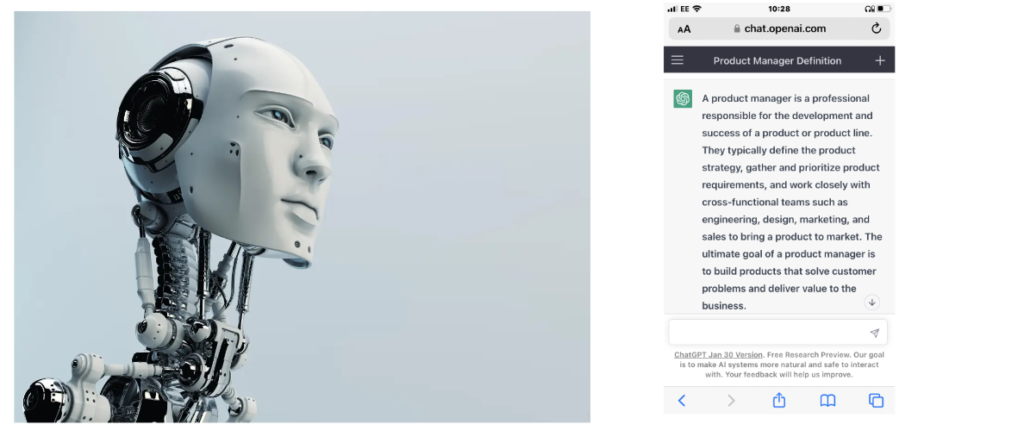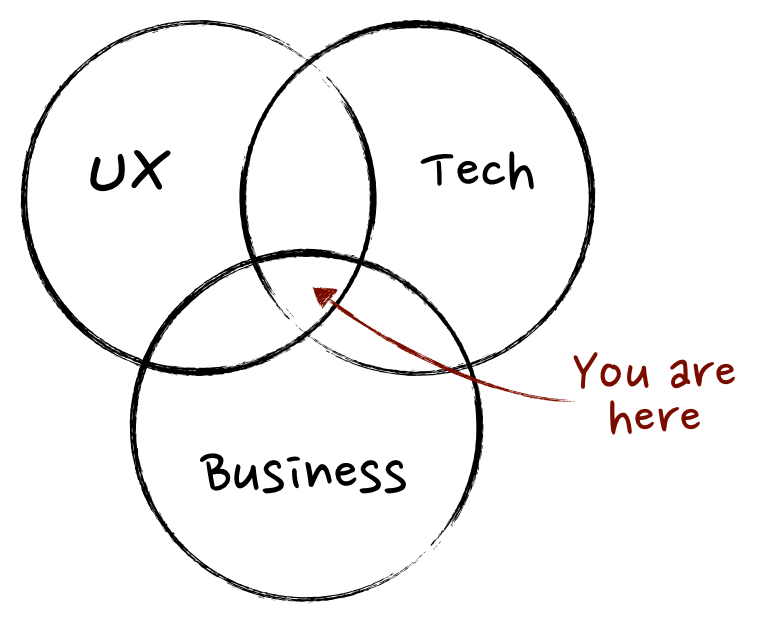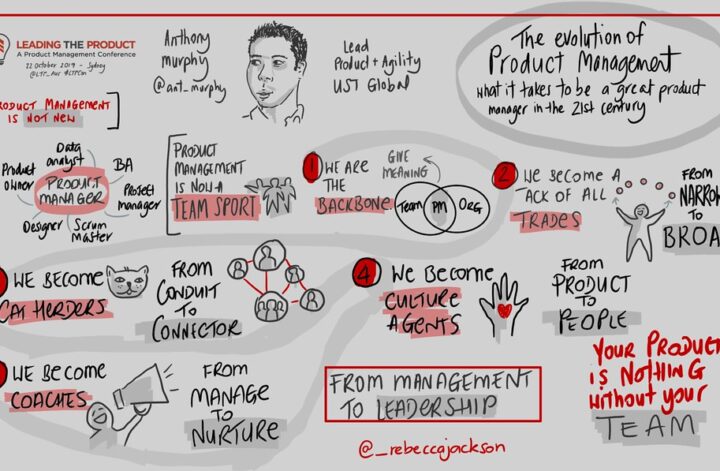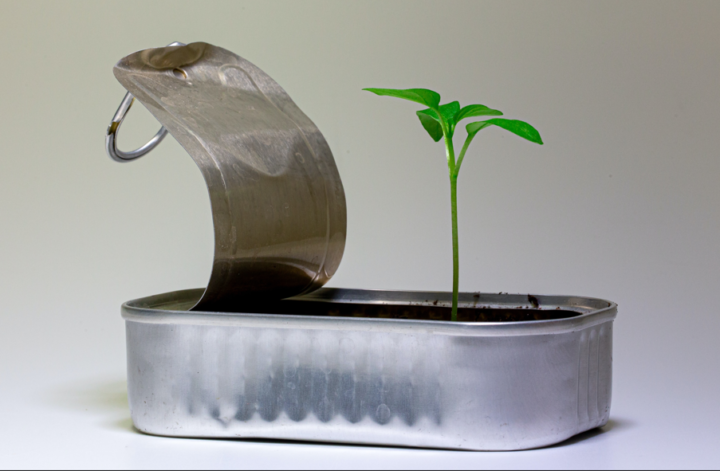Hiya – I’m Michael, a product manager at the Department for Education. Recently, I’ve been trying to gain more mentoring experience and, as such, I’ve offered to give a talk to university students about product management.
In putting the slides together for this talk, it got me thinking about what the product management role is and what skills I feel you need to be one.
Defining the product role
Obviously, as it is 2023, my first port of call was to ask ChatGPT.

According to the borg, “a product manager is a professional responsible for the development and success of a product or product line. They typically define the product strategy, gather and prioritise product requirements, and work closely with cross-functional teams such as engineering, design, marketing and sales to bring a product to market. The ultimate goal of a product manager is to build products that solve customer problems and deliver value to the business.”
Pretty good to be fair. I then thought I’d see if any leading humans in the space could beat it.
Melissa Perri, the author of ‘Escape the build trap’, tells us “the point of Product Management is to create valuable products that customers love.”
Martin Eriksson, co-founder of Mind the product suggests ‘a product manager’s role is to be the intersection between business, technology and user experience.

Marty Cagan, author of perhaps the most popular product book’s ‘Inspired‘ offers ‘”A product manager’s role is to discover a product that is valuable, usable and feasible”.
Stephanie Leue, Chief Product Officer at Doodle, defines a product manager as someone that has “an insatiable hunger to create a customer journey full of wow-moments”.
And Matt LeMay, who wrote the fantastic ‘Product management in practice’, states “to me, being a product manager is all about being the connective tissue, the glue that connects whatever the different roles are within your organisation.”
This got me thinking, how would I define the role?
My definition of a product manager
I believe the product manager is the person that…
- Sets the vision and the strategy to get there
- Steers the team’s decision making and aids prioritisation
- Provides leadership by creating a culture that allows the team to flourish
- Leads on all communication, especially with stakeholders
- Represents both the users and the business
Quite a lot, huh?
A good metaphor would be to say the product manager is like the conductor of an orchestra.
The one stood at the front with the full score. They set the tempo and direction for the group and makes sure all the players are in sync without being the main focal point.
Afterall, people aren’t buying tickets to see or hear the conductor yet it will likely to be considered their fault if the music stops or the players are out of tune.
What skills does a product manager needs?
As product management is essentially a job about leading, cajoling, influencing and communicating with lots of people, one of the key things you need are good people skills. For more on this, check out Ken Norton’s excellent article ‘The Art of Product Management’.
However, away from these soft skills I believe there are other key skills a product manager should have or be working to develop.
Communication
This one is such a biggie that I’ve written a whole article on why communication should be every product manager’s top priority.
In it, I outline that the product management role pretty much pivots on how well you can communicate.
Let’s face it, to be successful in product you’ll need to communicate ideas, communicate progress, communicate with your team, communicate with your stakeholders, communicate with your users, communicate verbally, communicate asynchronously, communicate with… you get the picture.
Either way you look at it, being able to keep others informed and having techniques such as storytelling to help with that is a vital tenant of the role.
Decision making
I firmly believe that making a decision, even the wrong one, is always better than making no decision.
That might sound odd but let me explain.
When a team is stuck at a decision point, getting caught in inertia often results in the team entering a moral-zapping phase of analysis paralysis – this can really suck the life out of a team and lead to stagnation.
On the other hand, making a quick decision will either result in you failing fast and being able to swiftly pivot to the right course or even better discovering you made the right choice first time. Win win.
Now let me be clear. Being responsible for decision making doesn’t mean you have to make these decisions in isolation, or that you have to have all the right answers. It just means that its your responsibility, alongside your team, to use the facts at your disposal to pick which option feels best with the best information you have at that point.
Leadership
Although the shape of the team you lead will differ depending on the size of the company you work for, it’s a safe bet that most product roles will see you leading a multidisciplinary team.
What is a multi-disciplinary team?
A team made up of different professions, expertise and viewpoints that commonly include a product manager, a delivery manager, designers, developers and user researchers.
As you can imagine, such a diverse teams needs someone in the middle capable of drawing everyone together, creating a vision of where the product is trying to get to and a plan to get it there.
Being a good leader doesn’t mean you need to dictate everyone’s actions or micromanage.
Quite the opposite.
The best leaders I’ve seen are able to make it clear to their teams what they’re trying to achieve together and then empowering them to navigate the best course to their goal.
Even with a united team, such varied expertise and viewpoints will lead to people getting distracted or having new ideas that pull away from the direction you’ve set. This is where a good product manager is needed to remind people of what they’re trying to achieve together and keep everyone focused on what’s important.
Strategy and vision
Quite often a product manager is brought in to help an organisation solve a problem its facing. Or, in some cases, to help the business decide which of all the opportunities or issues ahead of them, is the right one to solve.
These problems, depending on the organisation or sector, could range from issues such as ‘how can we attract more teachers into the profession?’ through to ‘how can we encourage shoppers to add more items to their basket per transaction?’
It’s up to the product manager to help the team define what the future will look like, how the team can build a working solution to solve the problems its chosen to tackle and what the strategy will be to get the team there.
Let’s take eBay, for example. Their vision is ‘To be the world’s leading marketplace’. They decided to get there, they had to make it as easy as possible for sellers to use the platform so as to ensure buyers knew eBay was the best place to go for their needs.
They didn’t have to choose this route. They could’ve focused on attracting more buyers instead, but without a big enough market, this approach would have been likely to fail.
This decision-making process is a good example of the level of strategic thinking good product management requires.
Analysis and performance monitoring
As I’ve mentioned, a product manager is expected to make decisions but that doesn’t mean that you’ll intuitively have the right answers to hand.
That’s why product managers rely on analysing qualititave data such as user feedback or interview answers or looking into the quantitive data gleaned from things such as analytics software. Taking in as much data as possible and using it to inform your decising making process is a real product management superpower.
‘Inspiration exists but it has to find you hard at work’ Pablo Picasso
This quite sums up my approach to evidence-based decision making.
I always encourage the teams I’m in to submerge themselves in the information at their disposal.
Then, after going through this process, I find that, seemingly out of nowhere, ideas about different approaches we could take appear. Yet these ideas, I believe, aren’t from out of space, but as a result of the team spending time looking at the evidence and then letting subsequent ideas perculate and emerge from spending time in the data. Conversely, I find these moments of inspiration are rare in teams that don’t give adequate time to considering what the data is telling them.
Away from ideation, data analysis is also vital for monitoring your product’s performance. How can you know if you’re solving the problem if you aren’t measuring performance?
That’s why its vital for the product manager to help the team decide what key performance indicators (KPIs) will best to determine whether your product is performing the way its meant to our whether improvements or adjustments are needed. You also need to ensure that your team has thought about the mechanisms that will be needed to measure your KPIs thus providing you with the data you need to analyse to gain your future data-inspired brainwaves.
Empathy and user focus
Product management often requires skills that are hard to teach, empathy being one of them.
As the product manager is chiefly responsible for representing the voice of the user it is vital that, aided by user research, the product manager has the ability see things from your user’s point of view and use this experience to glean insights into what changes would improve their experience of the product.
Also, having empathy is a vital and much-needed skill for anyone looking to get the most out of a multidisciplinary team.
Leading such a team means you’ll be tasked with creating an environment in which lots of really talents folk with a diverse set of personality types, working styles, expectations and level of understanding will all be looking to you to set the direction
Being an empath, who is adept at caring for a team, listening and being tuned into people’s individual needs will really help you in creating a happy and focused team.
If you’ve enjoyed this article or found it helpful, please feel free to sign up for the newsletter or share it on social media. I’d also love to hear from you so please feel free to reach out. You can normally find me on LinkedIn or Twitter.






